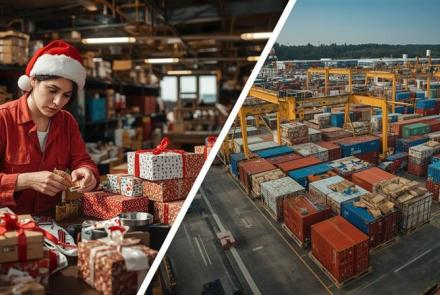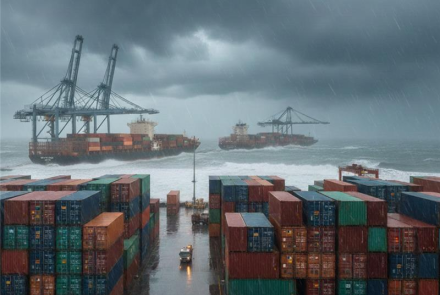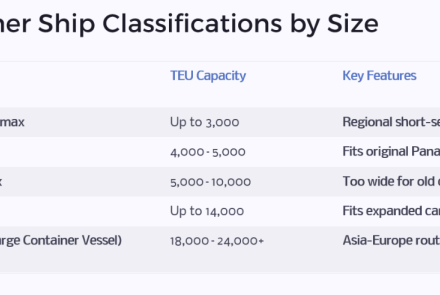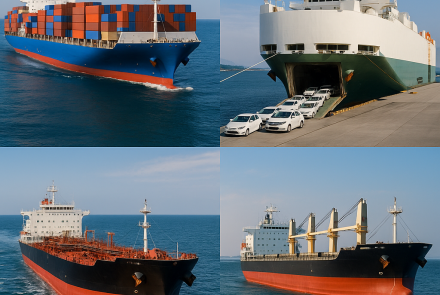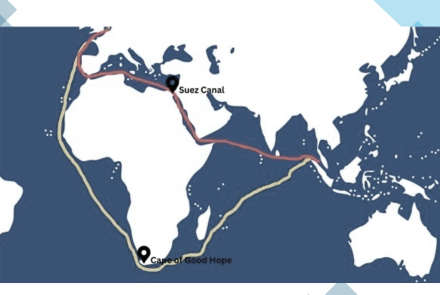LEVERAGING CONTAINERIZATION TO REDUCE PACKAGING WASTE: A SUSTAINABLE SOLUTION
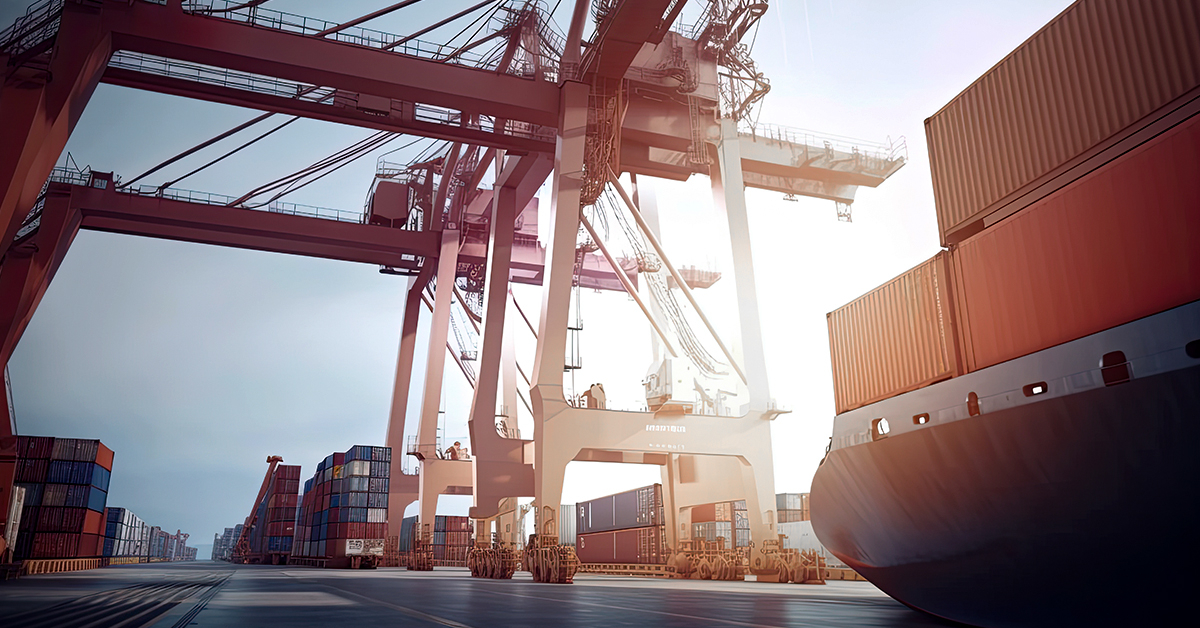 Environmental sustainability has become a pressing concern today. Businesses across industries are seeking innovative solutions to minimize ecological footprint. A solution that is gaining traction is containerization. It optimizes logistics and offers a viable way to reduce packaging waste. Let us explore the concept of containerization, the challenges and environmental impact associated with packaging and strategies to streamline the process.
Environmental sustainability has become a pressing concern today. Businesses across industries are seeking innovative solutions to minimize ecological footprint. A solution that is gaining traction is containerization. It optimizes logistics and offers a viable way to reduce packaging waste. Let us explore the concept of containerization, the challenges and environmental impact associated with packaging and strategies to streamline the process.
Understanding Containerization
Containerization is the practice of transporting goods using standardized containers, made of steel or aluminium. These containers are designed to fit seamlessly to various modes of transportation, such as ships, trucks, and trains. Containers provide several advantages, including increased efficiency, reduced handling costs, enhanced security, and improved inventory management.
Minimizing Waste
Current Challenges and Environmental Impact
Traditional packing methods often result in excessive waste generation, contributing to environmental degradation. From single-use plastic boxes to oversized ones, their impact on natural resources, and carbon emissions is substantial. The fragmented nature of supply chains and inconsistent packing practices also aggravates the problem.
Streamlining the Process
To minimize packaging waste, businesses can adopt streamlined processes. It optimizes the size, shape, and weight of packets to maximize space utilization and reduce material consumption. Implementing automated systems for packing can help ensure consistency and efficiency while minimizing errors. By utilizing technology, such as algorithms and data analytics, companies can identify opportunities to improve packaging practices and eliminate waste.
Adopting Minimal Strategies
Yet another effective approach is to adopt minimal packaging methods. It entails using eco-friendly materials, such as biodegradable or recyclable alternatives, and eliminating excessive layers and non-essential components. Also, implementing innovative packaging designs, such as collapsible containers or reusable packing solutions, can significantly reduce waste generation while maintaining product integrity.
Right-sizing packaging
Many companies are adopting methods where the package size is optimized to fit the product more efficiently. This minimizes wasted space, reduces the amount of packaging material required, and allows more products to be shipped in a single container. By reducing the size and weight of packages, companies can save on transportation and storage costs, as well as reduce fuel consumption and greenhouse gas emissions.
Eliminating unnecessary components
By removing accessories that are commonly already owned by consumers (phone chargers, for instance) companies can reduce packaging size and weight, leading to cost savings in shipping and storage. This practice also helps reduce electronic waste and lowers the environmental impact associated with producing and disposing of unused accessories.
Packaging consolidation
To optimize space utilization and reduce shipping costs, companies are exploring ways to consolidate multiple products into a single package. This can be seen in "bundle" or multipack offerings, where several items are combined into one package. By reducing the number of individual packages, less material is used, and the overall packaging footprint is minimized.
Designing Eco-friendly Container Solutions
Choosing sustainable materials, such as recycled or bio-based plastics, as well as exploring alternative options like bamboo or plant-based fibres, can reduce the environmental impact of containers. Designing containers that closely match the dimensions of the goods being transported ensures optimal use of space.
Encouraging the use of reusable containers or those made from materials that can be easily recycled at the end of their life cycle helps minimize waste generation.
Collaborating with supply chain partners to establish industry-wide standards for sustainable containerization practices fosters consistency and encourages widespread adoption of eco-friendly solutions.
Containerization presents a sustainable solution to address the growing challenge of packaging waste. By understanding its concepts and benefits, businesses can minimize such wastes through streamlined processes and minimal interventions. Moreover, designing eco-friendly container solutions plays a pivotal role in reducing the environmental impact associated with packaging materials. Embracing containerization not only improves operational efficiency but also demonstrates a commitment to environmental sustainability, paving the way for a greener future.
VS&B Containers offers a wide variety of containers, encompassing both new built and used, and custom-built units that can be directly shipped from our manufacturing facilities to your preferred destinations across the world. We also operate a lease fleet of over 30,000 containers for both international leasing and Domestic leasing (within India). If you have any container requirements do drop us an email at enquiry@vsnb.com and a member of our team will reach out to assist you.
Furthermore, iInterchange Systems (A VS&B group company) provides state-of-the-art software solutions tailored specifically to meet the needs of container shipping and logistics enterprises. Do visit www.iinterchange.com or drop us an email at sales@iinterchange.com for more details.
- Log in to post comments


